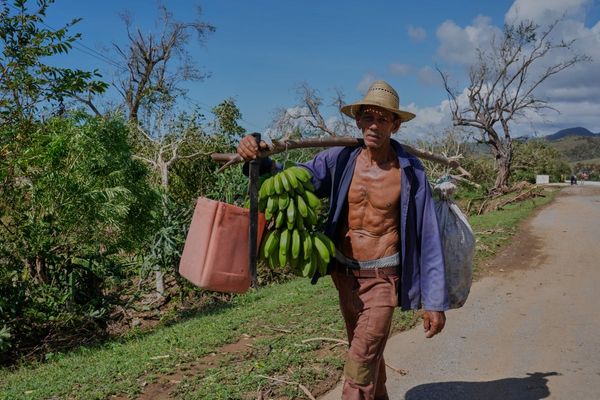
Renters entering into new tenancy agreements are on average having to offer rents above the advertised listing price to secure a home, data from the Australian Bureau of Statistics shows.
Actual rents paid by new tenants increased by 14% in the 12 months to February, which is 9% higher than the rise in the inflation index that captures rents paid by both new and existing tenants, pointing to a trend in landlords leaping on lapsed leases as an opportunity to earn more from their properties.
In its first rental market insights dataset released on Monday, the ABS noted that while “larger rent increases [are] becoming more common for all properties”, on average “rent increases for properties with a new tenant have tended to be larger”.
In capital cities, rent rises have also become larger and more common for most properties, the ABS said. “Over the past year, rents have increased for almost three-quarters of properties, up from around one-quarter every year pre-pandemic.”
In February, more than 60% of properties with new tenants had rents that were more than 10% higher than a year earlier. Conversely, just a quarter of properties with existing tenants experienced rent increases of more than 10%.
The ABS report includes an index that captures the discrepancy between advertised rents and actual rents paid. In the early days of the Covid pandemic in 2020, actual rents agreed between landlords and tenants tended to be lower than the advertised amount.

This trend was accompanied by a shift away from inner-city rental properties and towards regional areas as “lockdowns and health concerns prompted many Australians to desire more space and to live with fewer people”, the ABS said.
At the same time, the average number of people in each household declined, which contributed to roughly 120,000 additional households being formed across the country.
As Covid restrictions and health concerns eased, and the trend of living further away from city centres reversed, the ABS observed a tightening of the rental market.
“More recently, the return of international migration – and, in particular, the return of international students – has added to demand for rental properties in the major cities. Advertised rents have grown strongly and finding a suitable rental property has become more difficult as vacancy rates have declined,” the ABS said.
As a result, “rents paid by new tenants have increased … because the actual rent agreed between landlords and tenants has been higher on average than the advertised amount”, the report said.
Laws attempting to limit rent bidding vary across states but there are concerns they don’t go far enough in preventing the practice. In New South Wales, Labor went to the March election with a policy that if any renter wants to offer more than the listed price, that offer must be disclosed to all applicants so they have a “chance to match the offer”.







